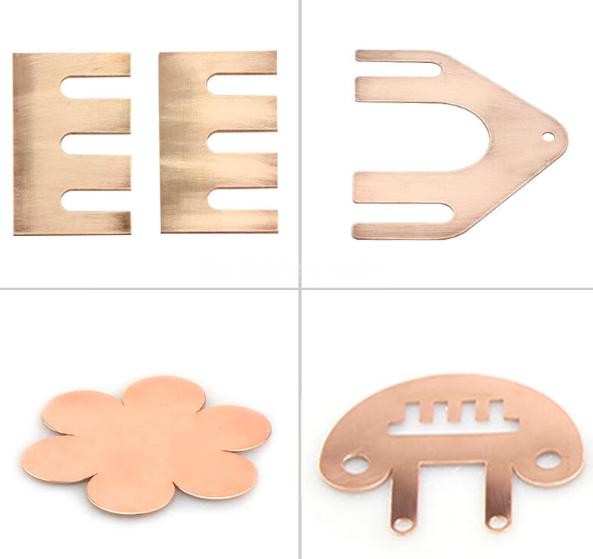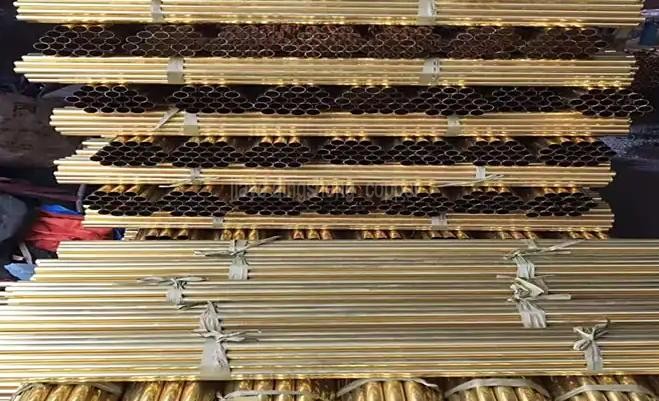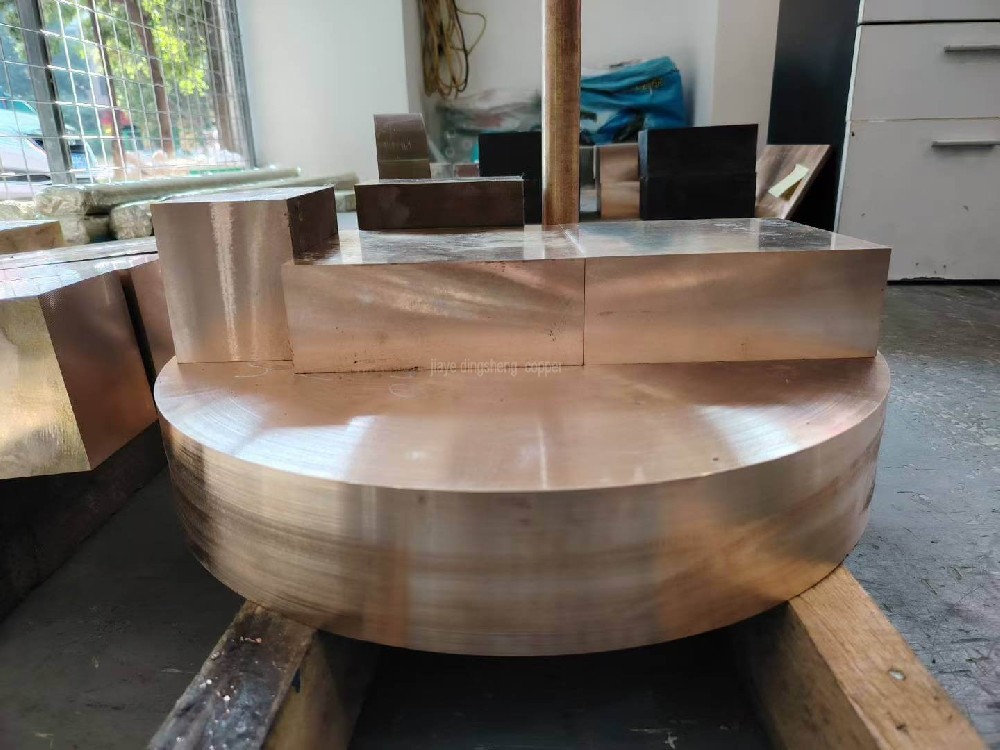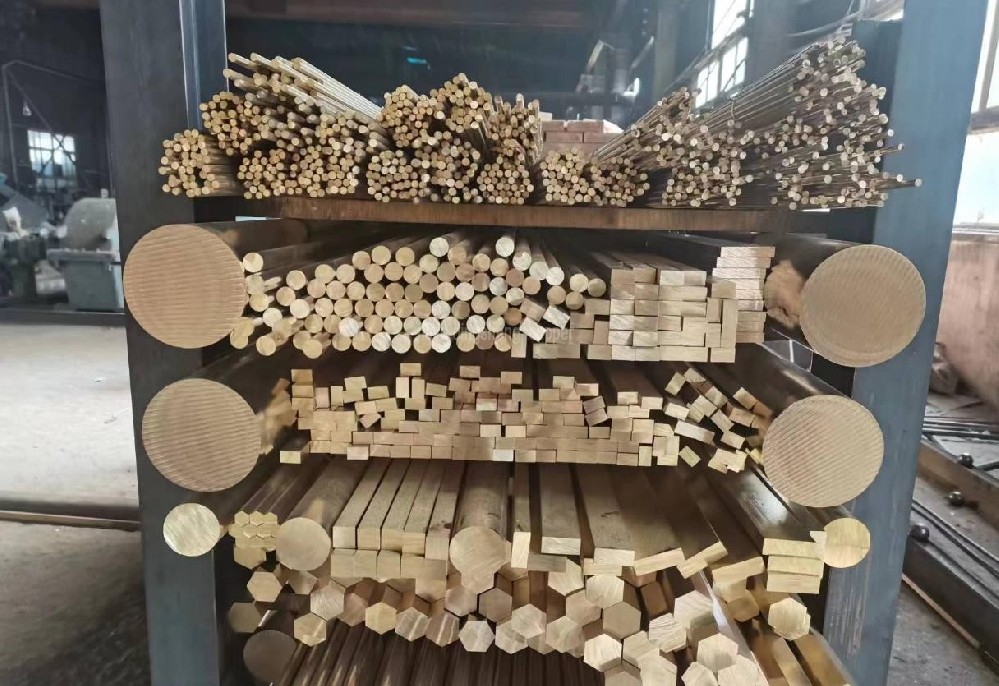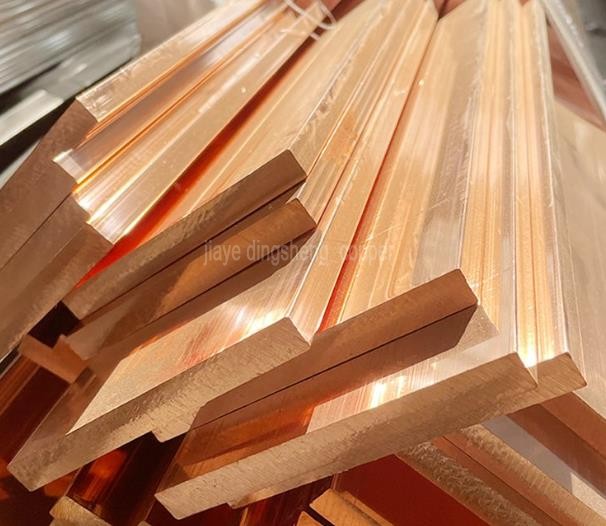Analysis of the Wear Resistance and Thermal Conductivity of Tungsten-Copper Alloy
Analysis of the Wear Resistance and Thermal Conductivity of Tungsten-Copper Alloy
Tungsten-copper alloy, a special metallic material, is highly favored due to its excellent wear resistance and thermal conductivity, and is widely used in various industrial and electronic fields. This article will analyze the wear resistance and thermal conductivity of tungsten-copper alloy from multiple perspectives to help readers deeply understand the unique advantages and application prospects of this material.

Basic Components and Characteristics of Tungsten-Copper Alloy
Tungsten-copper alloy is an alloy formed by mixing tungsten and copper in a certain proportion. Tungsten has a very high hardness and melting point, while copper possesses good electrical conductivity and thermal conductivity. The combination of the two enables tungsten-copper alloy to have both the hardness of tungsten and the thermal conductivity of copper.
Characteristics of Tungsten-Copper Alloy include:
l Excellent wear resistance: Due to the high hardness of tungsten, tungsten-copper alloy performs well in friction and wear conditions.
l Good thermal conductivity: The thermal conductivity of copper enables the alloy to effectively dissipate heat at high temperatures.
l Relatively low thermal expansion coefficient: This characteristic helps maintain structural stability and avoids deformation caused by high temperatures.
l Easy processing: Tungsten-copper alloy can be processed into shapes through conventional mechanical processing methods.
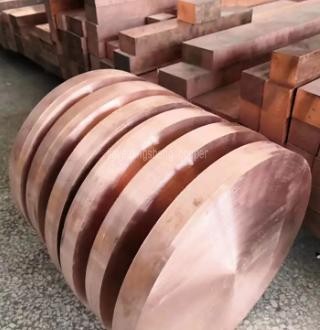
Analysis of Wear Resistance
Wear resistance refers to the ability of a material to resist surface wear and fatigue failure under friction and wear conditions. Tungsten-copper alloy exhibits excellent wear resistance, mainly due to the following reasons:
l High hardness of tungsten: Tungsten is a very hard metal with a Mohs hardness of 7.5-8, which makes tungsten-copper alloy less prone to wear when in contact with other materials during friction.
l Excellent heat resistance: In high-temperature environments, tungsten-copper alloy can maintain its strength and hardness, avoiding wear due to temperature increase.
l Structural stability: The relatively low thermal expansion coefficient of tungsten-copper alloy helps maintain structural stability during thermal cycling, enhancing wear resistance.
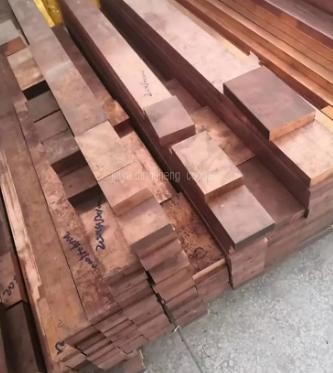
Analysis of Thermal Conductivity
Thermal conductivity refers to the ability of a material to conduct heat. Tungsten-copper alloy combines the high thermal conductivity of copper with the high-temperature resistance of tungsten, resulting in excellent thermal conductivity:
l High thermal conductivity of copper: Copper has the best thermal conductivity among metal materials, with a thermal conductivity of approximately 400 W/(m·K), giving tungsten-copper alloy an advantage in heat dissipation.
l High-temperature resistance: The higher melting point of tungsten (about 3422°C) enables the alloy to maintain good thermal conductivity in high-temperature environments, suitable for high-temperature applications.
l Effective heat conduction path: The copper phase in tungsten-copper alloy provides an effective channel for heat transfer, improving the overall thermal conductivity efficiency. Application fields
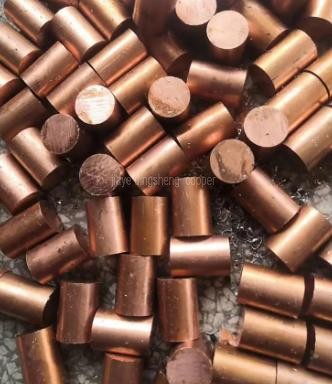
Various fields
Due to its excellent wear resistance and thermal conductivity, tungsten-copper alloys are widely used in various fields:
l Electronic devices: such as arc sintering machines, vacuum electronic tubes, etc.
l Electrical machinery and generator components: tungsten-copper alloys are often used in power coils and conductive components.
l Laser technology: as key components in laser marking and cutting equipment, they can withstand high-intensity work.
l Aerospace: suitable for materials used in high-temperature and high-pressure environments.

